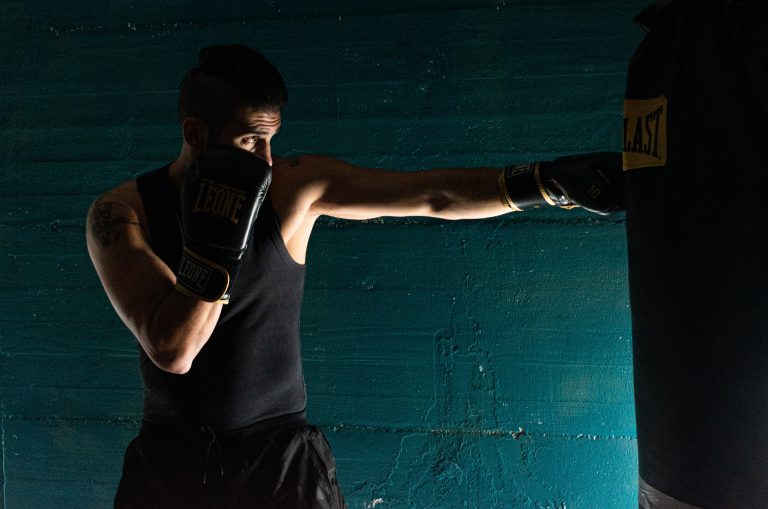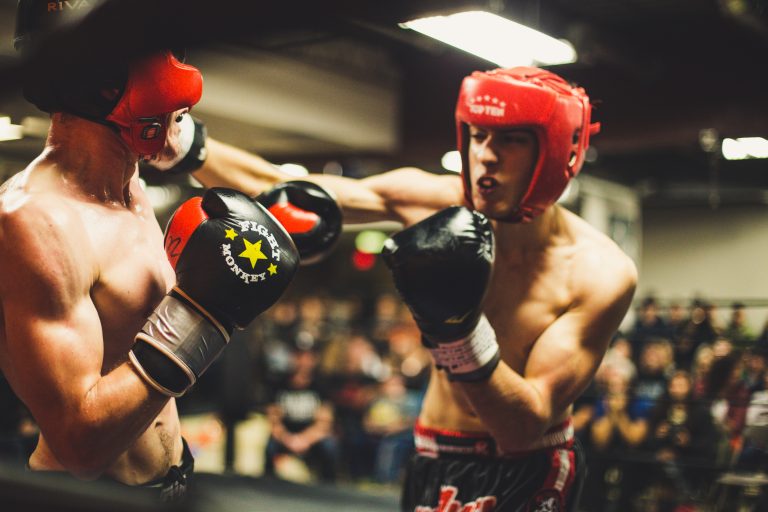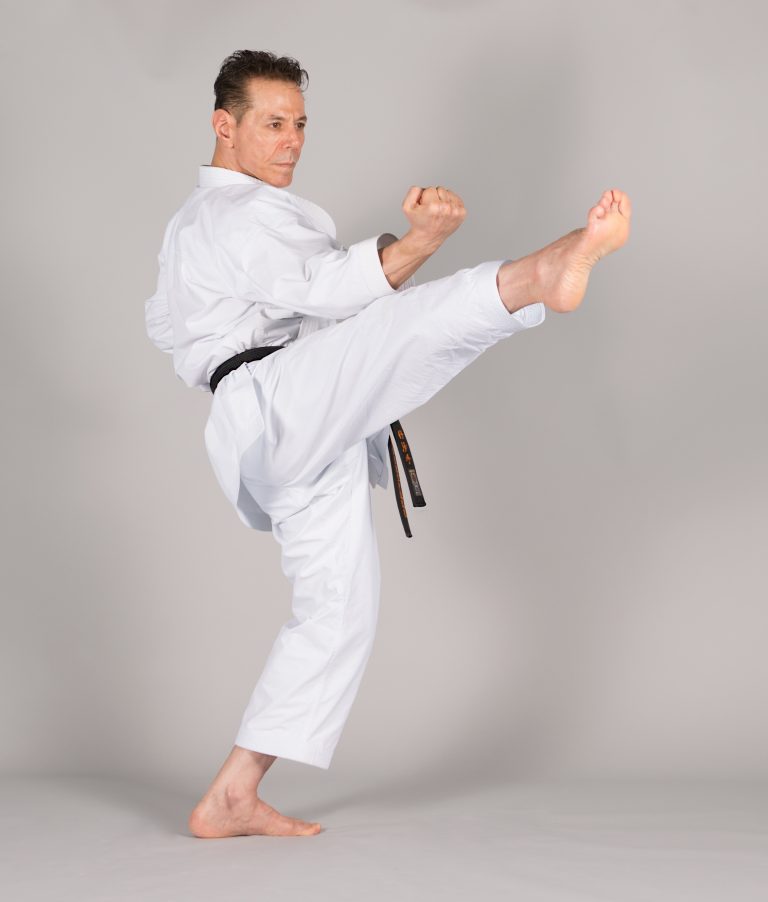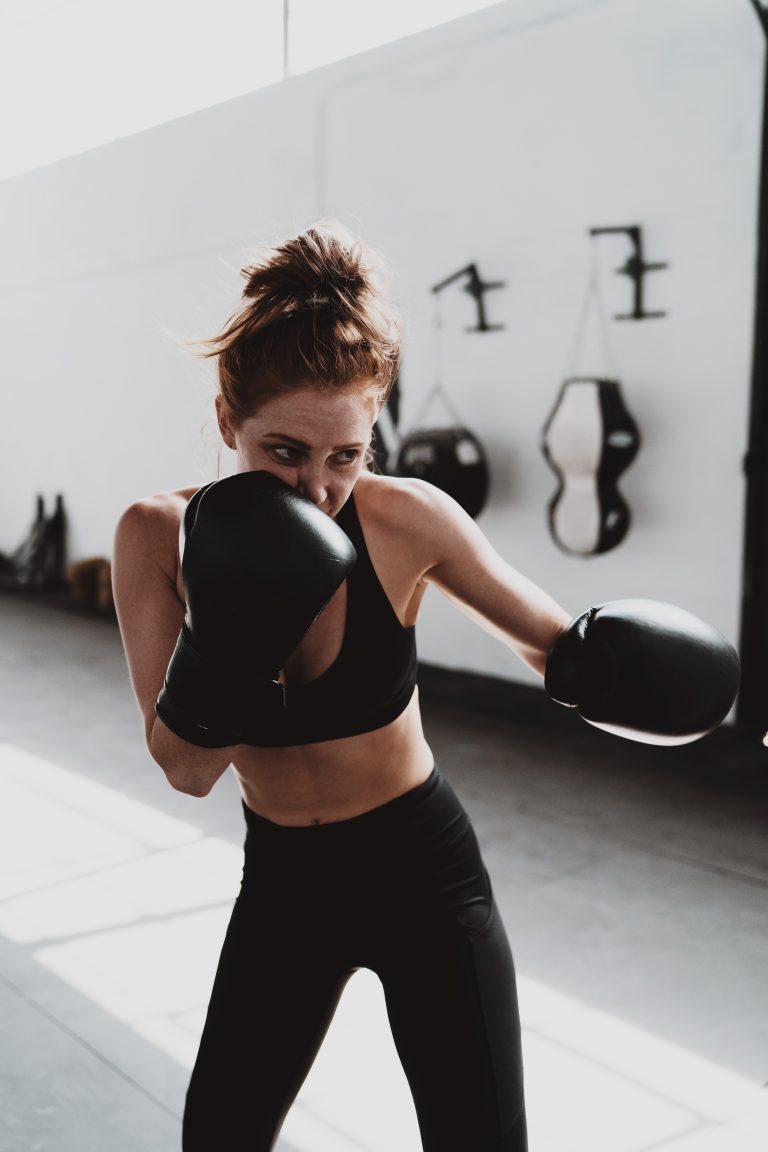Does Karate Improve Flexibility?
Karate is more than just a martial art, it is a way of life that transforms not only your body but also your mind. Karate is based on fluid movements, precise techniques, and a combination of physical and mental training. One of the major benefits of practicing karate is the improvement in flexibility. But, does karate really improve flexibility? In this article, we will explore this question in detail, taking into account scientific research and analysis.
What is flexibility, and why is it important?
Flexibility refers to the range of motion in your joints and muscles. It enables you to move your body freely and without discomfort. Flexibility is crucial for everyday activities such as bending, reaching and twisting. As we age, we tend to lose flexibility, which can limit our mobility and affect our quality of life. Flexibility is also important for athletes as it helps prevent injuries, improves balance, and enhances performance.
How does karate improve flexibility?
Karate involves a combination of stretching, conditioning, and dynamic movements. The stretching exercises in karate are designed to enhance flexibility and prepare the body for the demands of training. A typical karate warm-up consists of a variety of static and dynamic stretches that target different muscle groups.
Static stretches such as hamstring stretches, quad stretches, and calf stretches are held for a period of time to increase muscle length and flexibility. Dynamic stretches such as leg swings, arm circles, and lunges involve movement to increase muscle elasticity and range of motion.
In addition to stretching, karate training also involves kicks, punches, blocks, and other techniques that require a high degree of flexibility. As you progress in karate, you learn to execute these techniques with greater precision and power, which further improves flexibility.
What does science say about the relationship between karate and flexibility?
Several studies have examined the effects of karate training on flexibility. One study conducted in 2014 found that karate training led to significant improvements in flexibility, balance, and muscle strength in healthy adults over a 12-week period. Another study published in 2011 found that female karate practitioners had greater flexibility than sedentary women.
These studies suggest that karate training can improve flexibility in both men and women. However, it is important to note that the amount and frequency of training, as well as individual factors such as age and fitness level, can affect the extent of the improvement.
Does Karate Improve Flexibility?
If you are looking to improve your flexibility, you might be wondering if karate is a good choice. Karate is a martial art that focuses on strength and conditioning, but can it help improve flexibility? In this post, we’ll answer some of the most frequently asked questions related to this topic and provide insights into the benefits of karate for flexibility.
What is Karate?
Karate is a traditional Japanese martial art that focuses on hand strikes, kicks, and blocks. It emphasizes speed, power, and precision, and is often used for self-defense or as a form of exercise. Karate has many different styles and techniques, but all of them involve rigorous training and discipline.
Can Karate Help Improve Flexibility?
Yes, karate can help improve flexibility. Karate requires practitioners to use their whole body in their movements, which can improve overall flexibility. The movements in karate involve stretching and expanding the muscles, which helps to improve flexibility and range of motion.
What Are Some of the Benefits of Karate for Flexibility?
1. Increased Range of Motion: Through consistent practice, practitioners can expect to see an increase in their range of motion. This increased range of motion can improve flexibility in other areas of life, such as during daily activities or other physical exercises.
2. Injury Prevention: Improved flexibility can also help to prevent injuries, as the muscles and joints are more pliable and better able to handle stress.
3. Better Performance: Greater flexibility can also lead to better performance in karate or other physical activities, as practitioners are able to move more freely and fluidly.
What are Some Specific Exercises in Karate That Can Improve Flexibility?
There are many movements and exercises in karate that can improve flexibility. Some of these include:
1. Kicks: The high kicks in karate require a lot of flexibility in the legs and hips.
2. Punches: Even the punches in karate involve twisting the body, which improves flexibility in the torso.
3. Stretches: Karate classes usually include different dynamic and static stretches, also improving flexibility in a less exhausting way.
What Should I Do to Improve My Flexibility in Karate?
Here are some tips to improve your flexibility in karate:
1. Practice Consistently: Consistent practice is key to improving flexibility. Try to practice karate at least two to three times per week.
2. Warm Up: Always remember that a proper warm-up before practicing karate can help prevent injuries and improve performance.
3. Stretch Regularly: Incorporate dynamic and static stretches into your daily routine to improve flexibility.
4. Stay Disciplined: Karate requires discipline and consistency in your approach to achieving your goals. Stick to your training plan and work hard to see improvements in your flexibility over time.
In
How to Improve Flexibility in Karate
One of the most well-known benefits of karate is its ability to improve flexibility. However, becoming more flexible is not something that happens overnight. It takes time, patience, and consistent training to see real progress. In this guide, we will explore how to improve flexibility in karate, step by step.
Step 1: Warm-Up Properly
Before beginning any stretching routine, it is essential to warm up your body properly. This can include light cardio exercises like jumping jacks, jogging in place, or skipping. A proper warm-up gets your blood flowing and prepares your muscles for stretching.
Step 2: Start With Dynamic Stretches
Karate training typically begins with dynamic stretches, which involve moving through a range of motion. These stretches should always be performed before static stretching to reduce the risk of injury. Some examples of dynamic stretches include leg swings, arm circles, and high knees.
Step 3: Incorporate Static Stretches
Static stretches involve holding a position for a period of time. These stretches help to increase the range of motion in your joints, which can improve your flexibility over time. Some common static stretches in karate include the butterfly stretch, hamstring stretch, and quad stretch.
Step 4: Utilize Proprioceptive Neuromuscular Facilitation (PNF)
PNF is a stretching technique that involves contracting and relaxing a muscle to increase its range of motion. It is an effective way to improve flexibility quickly. To perform PNF stretching, start by stretching a muscle to its limit. Then, contract the muscle for 5 seconds while pushing against resistance, such as a partner or a wall. After that, relax and stretch the muscle again. Repeat this cycle two or three times for each muscle group.
Step 5: Train Consistently
Improving flexibility is a long-term process that requires consistent training. You should aim to stretch at least three times a week, whether it be during class, on your own, or at home. It is also essential to pay attention to your body and not push beyond your limits. Overstretching can cause injury and slow down your overall progress.
Conclusion
Improving flexibility is a vital aspect of karate training that requires commitment, patience, and consistency. By following these steps and consistently training, you can increase your range of motion and improve your overall performance in karate. Remember, always warm up properly, start with dynamic stretches, incorporate static stretches, utilize PNF stretching, and train consistently.
Inhaltsverzeichnis






